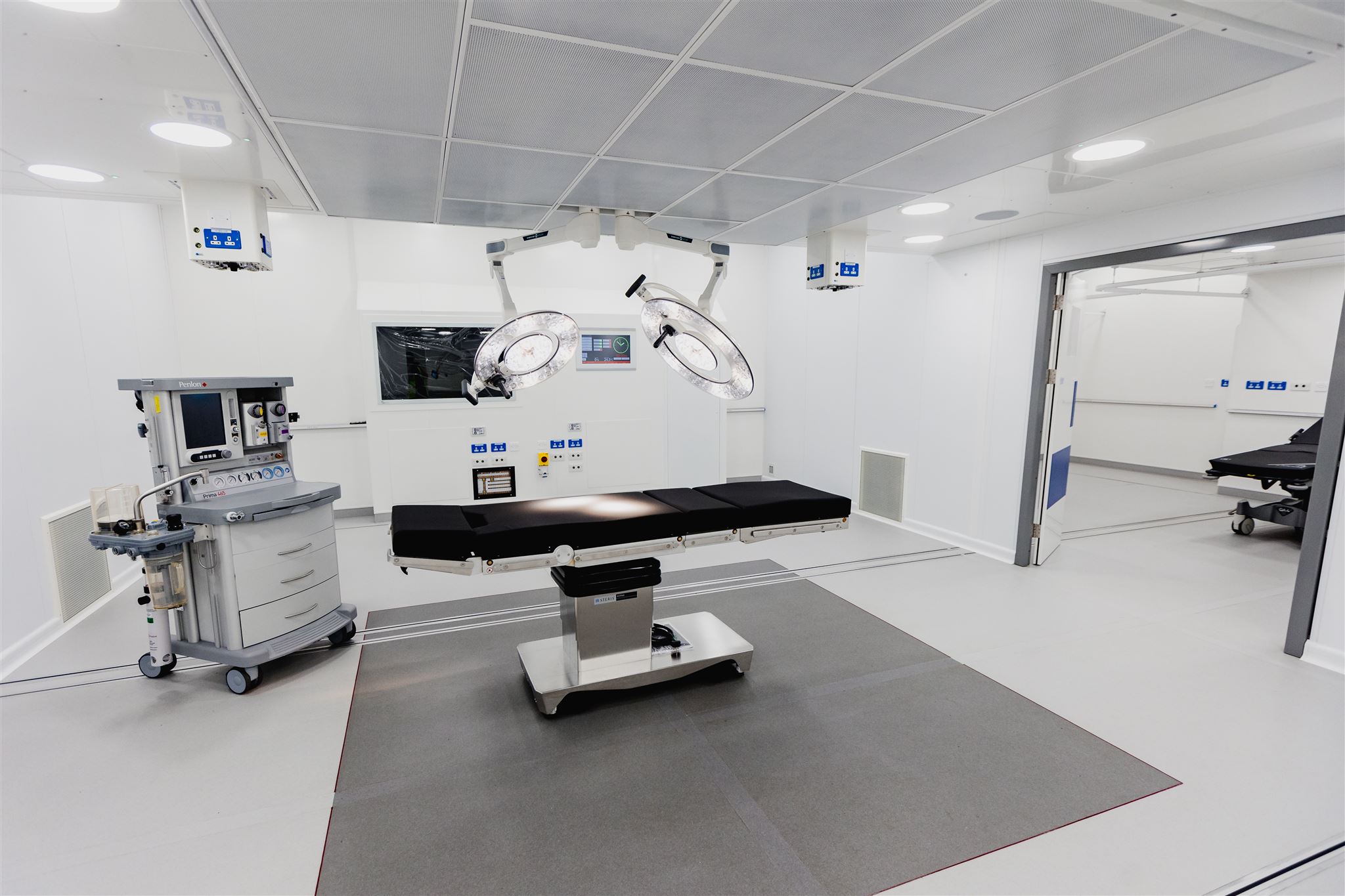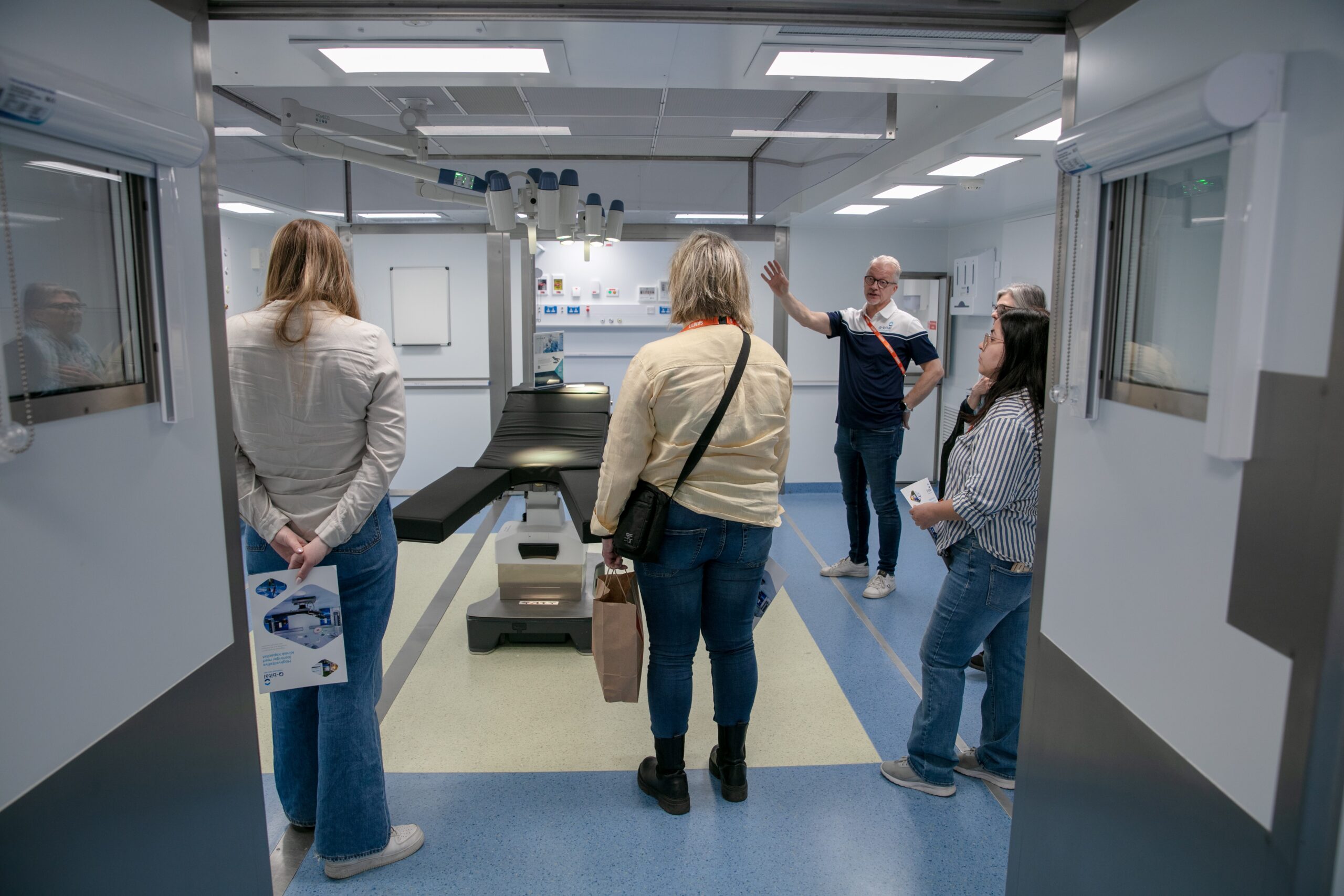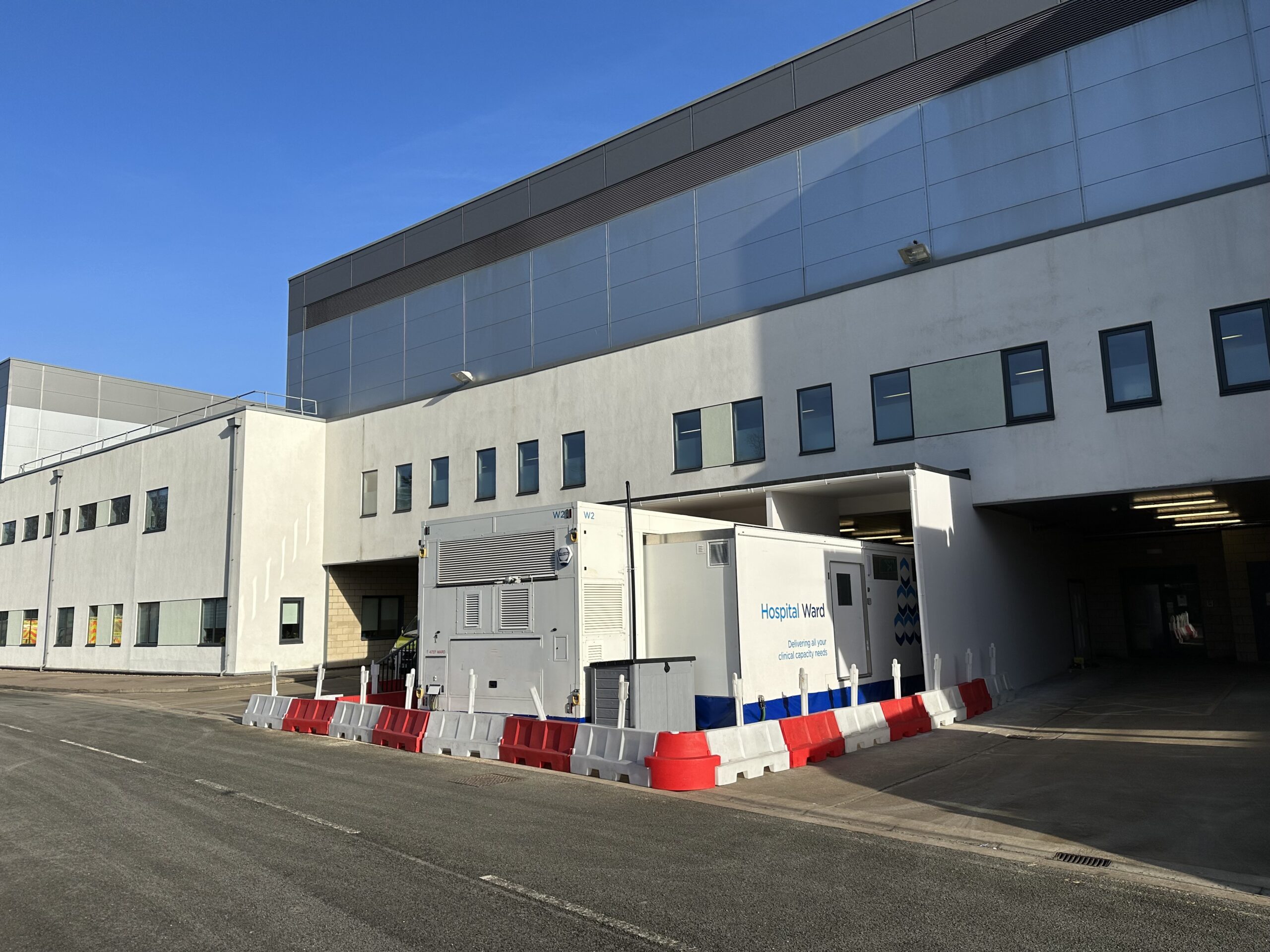Cataract surgery is not a lifestyle choice; it saves sight. As the population ages, demand for cataract surgery continues to grow and without capacity being scaled up. patients will need to wait even longer for surgery, adding further clinical risk to their outlook.
Cataracts are common
Cataracts are the leading cause of blindness worldwide, and globally, at least 94 million people are living with a moderate or severe vision impairment or blindness due to untreated cataract.
In Australia, it is estimated that 1.5 million people over the age of 55 currently suffer from cataracts; and they are the most common cause of vision loss among older Australians. Almost everyone will develop cataracts by the age of 80.
Whilst most common among the older generation, cataracts can also develop in younger people and some people are even born with the condition. An eye injury or previous surgery for another eye problem can also cause a cataract to develop.
In mild cases, stronger glasses or brighter reading lights may help initially, but most cataracts get gradually worse, and treatment will eventually be needed to avoid a significant reduction in a patient’s quality of life. Surgery is currently the only effective way to remove a cataract.
Most studies on the prevalence of cataracts report this is an increasing problem. The fact that more people are presenting with cataracts does not mean more people are living with it - the number reflects an increase in both awareness of the condition and accessibility of treatment, meaning more people are diagnosed and referred for surgery – but we know the share of older people among the population is growing, meaning the prevalence of cataracts will increase in the future.
Although the rate of increase varies between countries, the number of cataract procedures in hospital settings or dedicated eye clinics in general have increased substantially over the past decade. Cataract surgery is now one of the most common elective surgeries.
Surgery saves sight
Essentially a clouding of the clear lens in the eye, cataracts can cause symptoms such as blurred vision, glare sensitivity, distortion or double vision, and a feeling of looking through a veil or curtain, or evem blindness. Living with cataracts often means experiencing major changes to or loss of vision to an extent that restricts daily activities such as driving or reading.
Studies have shown that having cataracts can make people twice as likely to fall. A higher number of falls and accidents caused by poor vision can lead to more acute visits to emergency departments or put additional pressure on other parts of the healthcare system. People with poor vision are also more likely to suffer depression and increased social isolation because of their restricted mobility.
Thankfully, cataract surgery is a hugely successful procedure and the majority of patients are extremely pleased with the results, with some reporting additional benefits such as seeing colours more vibrantly and experiencing improved night vision. It is clear surgery can improve lives dramatically. But just how much of a difference can surgery make?
In 2019, a team of researchers in New Zealand attempted to quantify the improved quality of vision. The research team, from the University of Otago, Adapt Research and Tairawhiti District Health Board, used a driving simulator to test patients' vision before and after cataract surgery in an attempt to gain a better understanding of the true benefit of cataract surgery. The results showed that near misses and crashes decreased by 48% after surgery.
As a non-urgent procedure, some cataract surgeries were postponed during Covid-19, and waiting lists built up as a result. It is usually not a problem to have a slightly longer wait for this type of procedure; but delays of six months or more can have a major impact on the quality of patients’ lives.
Waiting times are increasing
The benefits of cataract surgery, in terms of both value and patient outcomes, are high in comparison to some other health interventions, meaning that providing timely surgery and keeping on top of waiting lists is a good investment.
Waiting lists in many countries were high already before the pandemic. According to OECD data median waiting times for people who received a cataract surgery in 2018/19 varied from about 30 days in Italy, Hungary and Denmark, to about 150 days in Estonia and 250 days in Poland. The proportion of patients remaining on the waiting list for a period of more than three months during that same year varied from 7% in Hungary to over 85% in Estonia, Poland and Slovenia.
The latest national data for Australia, which includes March 2020 when the impact of the pandemic started to evolve, shows that the number of cataract procedures fell as a result of Covid-19. In total, 60,200 patients were admitted in 2019/20, down significantly on previous years.
More recent data for individual states paints a more comprehensive picture of the impact of Covid-19. In New South Wales, for example, the number of procedures performed fell substantially in Q2 2020, but saw a big increase in Q3, as a result of efforts to recover lost ground, including outsourcing to private hospitals which has allowed hospitals to operate above 100% usual capacity.
Although some states, including NSW, say they have now more or less caught up on waiting lists, waiting times have gradually increased for cataract surgery over time. Data has shown that cataract surgery had some of the longest waiting times after the initial temporary suspension.
The latest data available through the NSW Bureau of Health Information’s new portal shows the wait time for cataract extraction in NSW increased by 71 days between Q2 and Q3, to reach a median waiting time in September at 343 days. However, the private sector, in which many cataract operations take place, often have shorter waiting times.
In the UK, the latest figures, which relate to February 2021 and includes an extent of recovery since the peak of Covid-19, show that there are 493,740 people on the waiting list for ophthalmic surgery and that despite this recovery, only 61% of patients were treated within 18 weeks of referral.
Hidden referrals
In some areas there has been a ‘blitz’ on elective surgery, including cataract procedures, with funding packages being offered by national and state governments, and this has led to good progress in many areas. But the reduction in referrals compared with before the pandemic is a concerning issue.
There is a potentially large number of patients who have either not yet contacted a doctor about their symptoms, or not yet been referred to a specialist during the Covid-19 outbreak. In some areas, hospitals have also been asked to reassess their referral lists and GPs have been asked to re-refer patients as elective surgery restarted, meaning patients may have come off or been moved further down the list.
Catching up on waiting lists doesn’t necessarily mean all those with cataracts are being treated. Some people take the view that, during the pandemic, many people have realised that can manage without surgery and therefore the ‘hidden backlog’ may never appear. But a more likely scenario is that people are suffering in silence and have put off reporting their symptoms or seeking care in fear of contracting Covid-19 or to avoid putting unnecessary pressure on the health system. Once people start to feel safe attending health settings again, demand could increase substantially.
Access is not equal
Globally, the prevalence of vision impairments in low- and middle-income regions is estimated to be four times higher than in high-income regions. And access to healthcare can also depend on a patient’s geographical location or economic status.
It appears that since the start of the pandemic, a large number of people in countries such as Australia have opted out of private health care because they can no longer afford it. Data from the Australian Prudential Regulation Authority shows that more than 10,000 people cancelled their policies in the first quarter of 2020 alone and basic hospital cover was at its lowest level in more than a decade.
A recent study that was published in the NZ Medical Journal, for example, found that the percentage of referrals that were declined varied greatly by District Health Board, ranging from referring just over 50% that applied in one area, to 93% in another DHB. The survey covered all patients referred for cataract surgery between 2014 and 2019.
This was because each DHB sets a different threshold for surgery and has different resources, meaning people living in central Auckland could get cataract surgery more easily than those in Counties Manukau, for example. In general, people in cities were more likely to be referred than those in rural or remote areas.
In remote communities and among minority groups, access and take-up of treatment is also lower. The Roadmap to Close the Gap for Vision, was launched in 2012 following the National Indigenous Eye Health Survey results that showed Aboriginal and Torres Strait Island adults were six times more likely to experience blindness than other Australians.
In over 90% of cases, the vision loss was unnecessary, preventable or treatable, but more than a third had never had an eye exam. Indigenous patients also face longer waits for the initial outpatient appointment.
Improving access to treatment
Both increasing capacity overall and improving access to these services are important. In other countries, such as the UK, mobile and modular facilities are being used to achieve both. While outsourcing to the private sector is an option, bringing a dedicated ophthalmic room onto the hospital site means greater control and increased flexibility.
It can allow a hospital to substantially scale up activity in terms of cataract surgery, even while continuing to treat Covid-19 patients within the hospital. The number of patients requiring cataract procedures is going to continue to increase as the older population gets larger so additional capacity will be needed, not just to tackle a temporary build up, but on a more ongoing basis.
Mobile operating rooms can also be used to provide greater access for patients in rural and remote areas, or to ‘blitz’ areas with lower demand, as they can be easily moved between locations and can be set up quickly in a new location.



Q-bital Healthcare Solutions
Unit 1144 Regent Court, The Square, Gloucester Business Park, Gloucester, GL3 4AD
